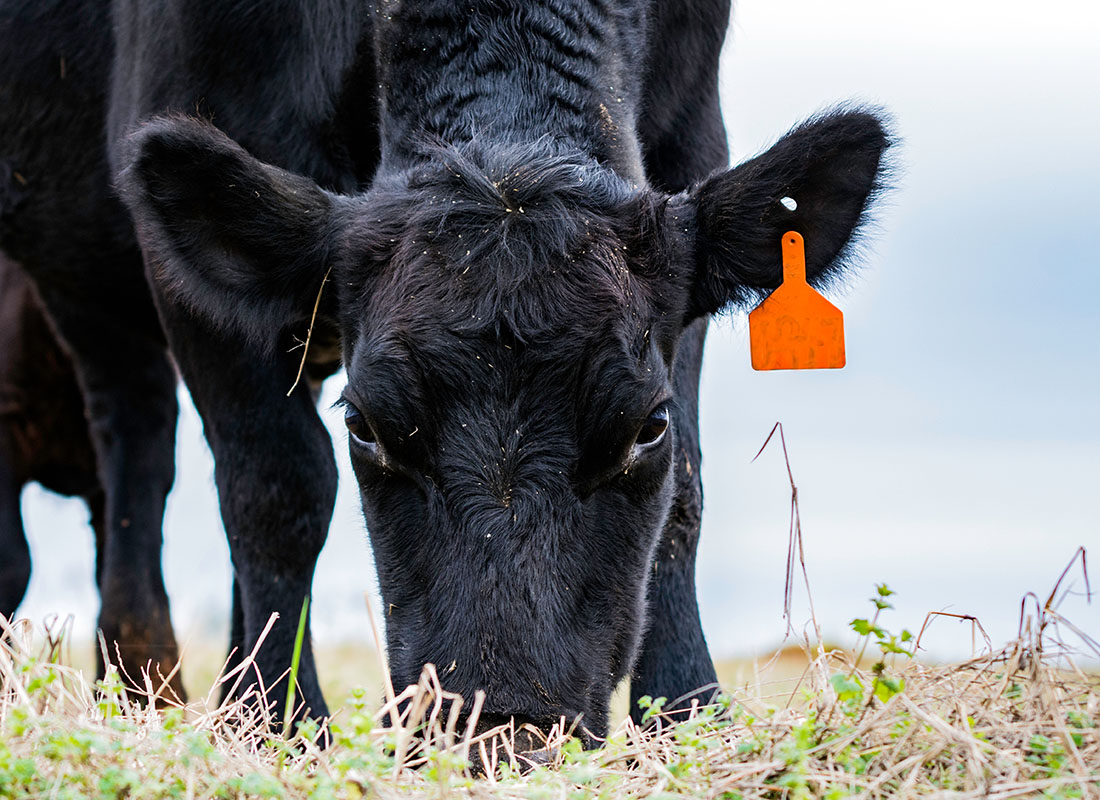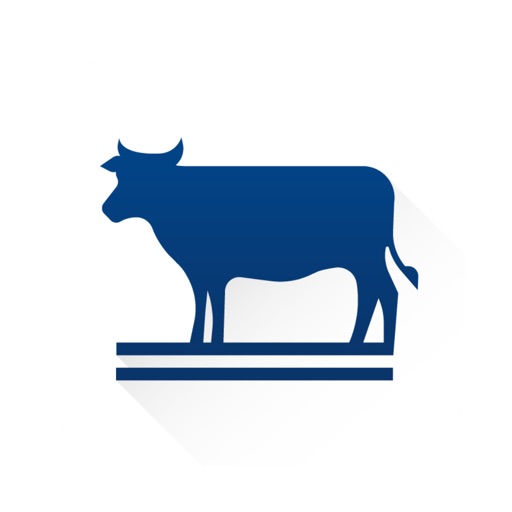Protecting Success: Bagley Risk Management Services
Protecting Success: Bagley Risk Management Services
Blog Article
Trick Factors to Think About When Finding Livestock Danger Security (LRP) Insurance Coverage
When examining options for Animals Threat Defense (LRP) insurance, several key factors require cautious factor to consider to guarantee effective threat monitoring in the farming sector. Choosing the right protection choices tailored to your particular livestock procedure is paramount, as is comprehending just how exceptional prices correlate with the level of security provided. Additionally, the eligibility standards for different sorts of livestock and the versatility of the plan to adjust to altering situations are vital components to weigh. The effectiveness and transparency of the claims procedure can considerably impact the total experience and financial outcomes for livestock producers. By tactically navigating these crucial variables, producers can protect their investments and minimize prospective dangers efficiently.
Insurance Coverage Options
When taking into consideration Livestock Danger Security (LRP) insurance, it is vital to recognize the numerous coverage options offered to alleviate threats in the farming sector. Livestock Risk Security (LRP) insurance policy offers different protection options tailored to meet the diverse requirements of livestock producers. Bagley Risk Management. One of the main protection choices is cost protection, which secures versus a decline in market costs. Producers can select the protection level that lines up with their price risk management goals, allowing them to safeguard their operations against potential financial losses.
An additional crucial protection choice is the endorsement duration, which establishes the size of time the protection is in impact. Producers can select the recommendation period that best matches their production cycle and market conditions. In addition, insurance coverage degrees and rates vary based upon the type of animals being insured, offering manufacturers the versatility to personalize their insurance intends according to their certain demands.
Understanding the various coverage alternatives offered under Livestock Threat Security (LRP) insurance coverage is critical for manufacturers to make informed choices that efficiently protect their animals operations from market uncertainties.
Costs Expenses

Livestock Risk Protection (LRP) insurance coverage offers vital protection choices tailored to mitigate threats in the farming industry, with a significant facet to take into consideration being the estimation and structure of premium costs. These consist of the kind and number of livestock being guaranteed, the coverage level chosen, the present market rates, historic cost data, and the length of the insurance coverage period.
Premium costs for LRP insurance are typically computed based on actuarial information and run the risk of analysis designs. Insurance providers analyze historic data on animals prices and manufacturing costs to establish a proper premium that mirrors the level of danger involved. It is essential for animals producers to carefully evaluate premium prices and coverage alternatives to ensure they are adequately shielded versus prospective monetary losses due to damaging market problems or unanticipated events. By recognizing just how exceptional costs are computed and structured, producers can make informed decisions when picking the ideal LRP insurance policy for their procedure.
Qualified Animals
The determination of eligible livestock for Animals Threat Defense (LRP) insurance coverage entails cautious consideration of specific criteria and characteristics. Animals kinds that are typically qualified for LRP insurance coverage include feeder livestock, fed swine, livestock, and lambs.
Feeder cattle, for instance, are frequently eligible for LRP insurance coverage if they fall within specified weight arrays. Fed cattle might likewise be qualified, however they must satisfy certain weight and top quality grade needs. Swine eligible for coverage generally include market weight pets meant for massacre. Lambs are another group of livestock that can be considered for LRP insurance policy, with elements such as weight and age playing an important role in establishing their eligibility. this contact form
Before picking LRP insurance coverage for animals, producers must carefully evaluate the qualification requirements laid out by the insurance copyright to guarantee their pets meet the needed needs for protection.
Plan Flexibility
Policy flexibility in Animals Threat Defense (LRP) insurance allows producers to customize coverage to suit their specific requirements and run the risk of management approaches. This versatility encourages livestock manufacturers to customize their insurance policy policies based on aspects such as the type of animals they own, market problems, and individual threat tolerance levels. By supplying adjustable alternatives, LRP insurance coverage makes it possible for producers to successfully manage their danger direct exposure while protecting their animals operations versus unforeseen market volatility.
Cases Process
Upon experiencing a loss or damages, producers can start the claims process for their Livestock Threat Protection (LRP) insurance coverage by promptly contacting their insurance policy provider. It read what he said is important for manufacturers to report the loss asap to accelerate the cases process. When reaching out to the insurance coverage copyright, manufacturers will certainly need to offer in-depth info concerning the incident, including the date, nature of the loss, and any type of appropriate documents such as vet documents or market value.

After the assessment is full, the insurance supplier will decide regarding the insurance claim and communicate the end result to the producer. The manufacturer will get settlement according to the terms of their Livestock Threat Protection (LRP) insurance coverage plan if the claim is approved. It is important for manufacturers to be acquainted with the insurance claims procedure to make certain a smooth experience in case of a loss

Conclusion
In final thought, when news selecting Livestock Threat Security (LRP) insurance coverage, it is necessary to take into consideration insurance coverage alternatives, premium expenses, eligible livestock, plan adaptability, and the cases procedure. These essential elements will aid make certain that breeders and farmers are effectively safeguarded against possible threats and losses connected with their livestock procedures. Making an educated choice based on these considerations can ultimately bring about much better monetary safety and security and comfort for livestock manufacturers.
Livestock Risk Protection (LRP) insurance supplies various insurance coverage options customized to satisfy the diverse demands of animals producers.The resolution of qualified livestock for Animals Danger Defense (LRP) insurance policy protection includes cautious consideration of details standards and qualities.Policy adaptability in Animals Danger Protection (LRP) insurance permits manufacturers to tailor insurance coverage to match their certain needs and risk management methods.Upon experiencing a loss or damage, producers can initiate the insurance claims process for their Animals Danger Protection (LRP) insurance policy by immediately contacting their insurance policy copyright.In conclusion, when picking Livestock Danger Protection (LRP) insurance coverage, it is essential to think about insurance coverage options, premium expenses, qualified livestock, policy adaptability, and the claims procedure.
Report this page